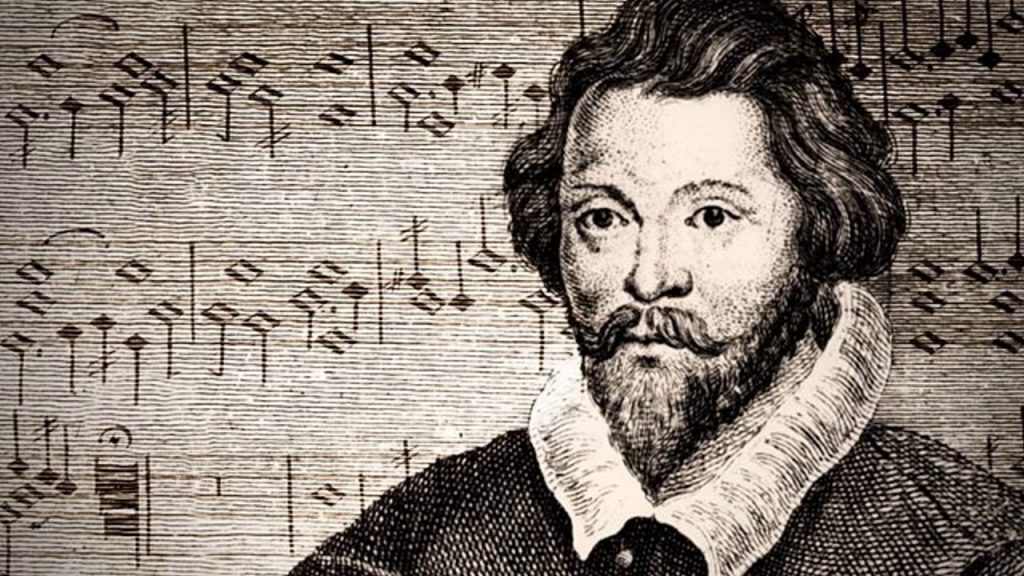
Alessandro Striggio served as the principal musician and court composer for the Medici family of Florence, composing music for their official ceremonies and state events. He also maintained important diplomatic relationships with various European courts, representing the Medici in missions to notable figures such as Holy Roman Emperor Maximilian II, Duke Albrecht V of Bavaria, and Catherine de’ Medici of France. His musical works, including the Missa sopra Ecco sì beato giorno, were often presented to these courts to foster diplomatic relations and enhance the Medici family’s prestige.

In 1559, Striggio became the chief musician for Cosimo I, succeeding Francesco Corteccia. He composed numerous intermediary pieces for court celebrations, including weddings and significant state occasions.
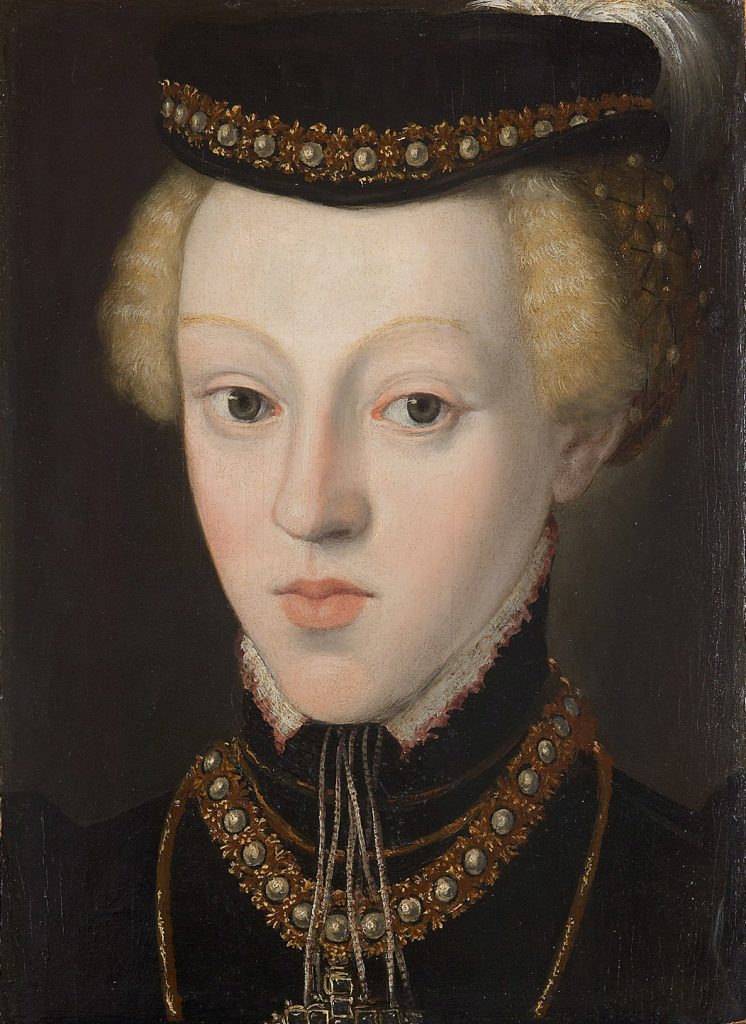
Striggio was entrusted with a diplomatic mission in 1566–67 concerning the marriage of Cosimo I’s heir, Francesco, to Joanna of Austria. His elaborate 40-part mass was part of an effort to secure a royal title for the Medici family from the Holy Roman Emperor Maximilian II
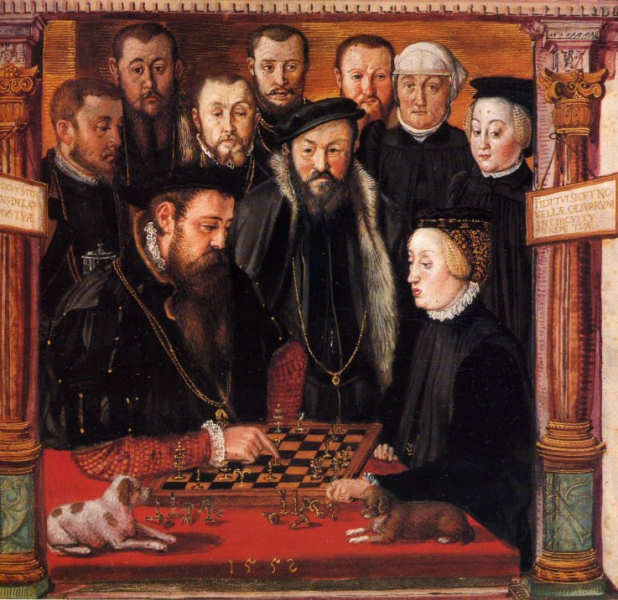
Striggio traveled through the Holy Roman Empire to present Cosimo’s Mass to Emperor Maximilian II, supporting the Medici’s diplomatic goal of attaining a royal designation.
Striggio maintained connections with the Bavarian court, potentially visiting there to perform his motet Ecce beatam lucem. His Mass was also performed for Duke Albrecht V in Munich.
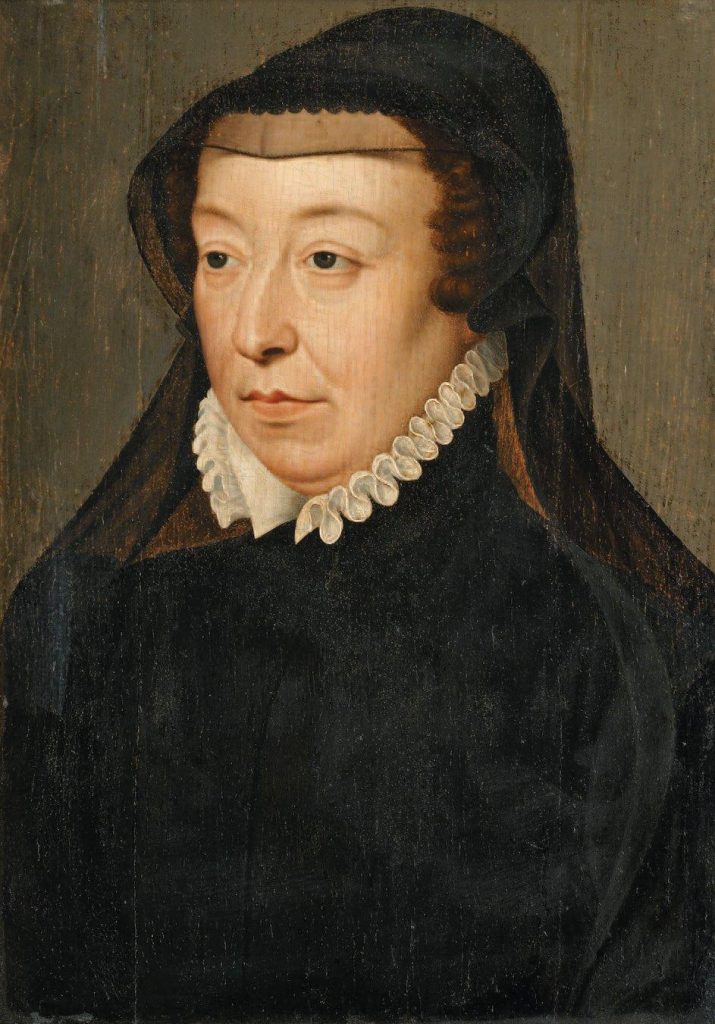
During his diplomatic visits, Striggio presented his Mass to Catherine de’ Medici, Queen of France and cousin of Cosimo I.
In June 1567, Striggio visited London to engage with English musicians. This visit is believed to have inspired Thomas Tallis in composing his renowned 40-part motet, Spem in alium.
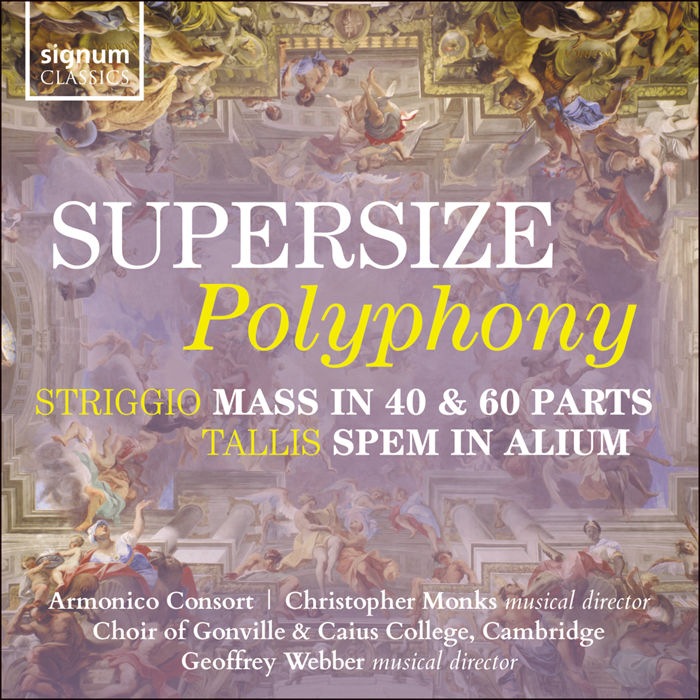
‘In Queene Elizabeths time there was a songe sent into England of 30 parts (whence the Italians obteyned the name to be called the Apices of the world) which beeinge songe mad(e) a heavenly Harmony. The Duke of ‘_____’ bearing a great love to Musicke asked whether none of our English men could sett as good a songe, & Tallice beinge very skillfull was felt to try whether he would undertake the Matter, which he did and mad(e) one of 40 p(ar)ts which was songe in the longe gallery’ at Arundell House.’
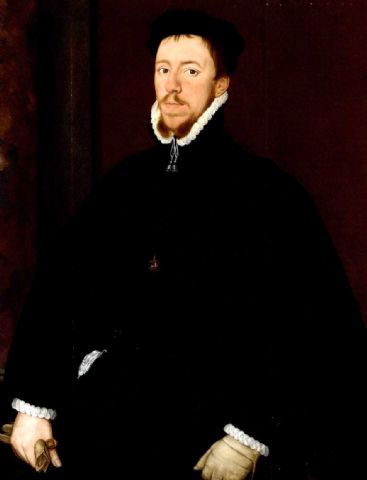
It is likely that the elusive ‘Duke’ referred to is the Duke of Norfolk, who is thought to have commissioned Spem in alium as a challenge to English composers to produce music finer than that of their Italian counterparts. Indeed, the piece was possibly first performed at Arundel Castle, as described. The mention of thirty parts seems to be a misunderstanding of Striggio’s forty-part work, but the reference to ‘heavenly harmony’ is something which is highly-significant even today. The overriding response of the listener to these works, especially when positioned at the centre of the sound, is truly mesmerising: it is harmonically indulgent and absolutely inimitable